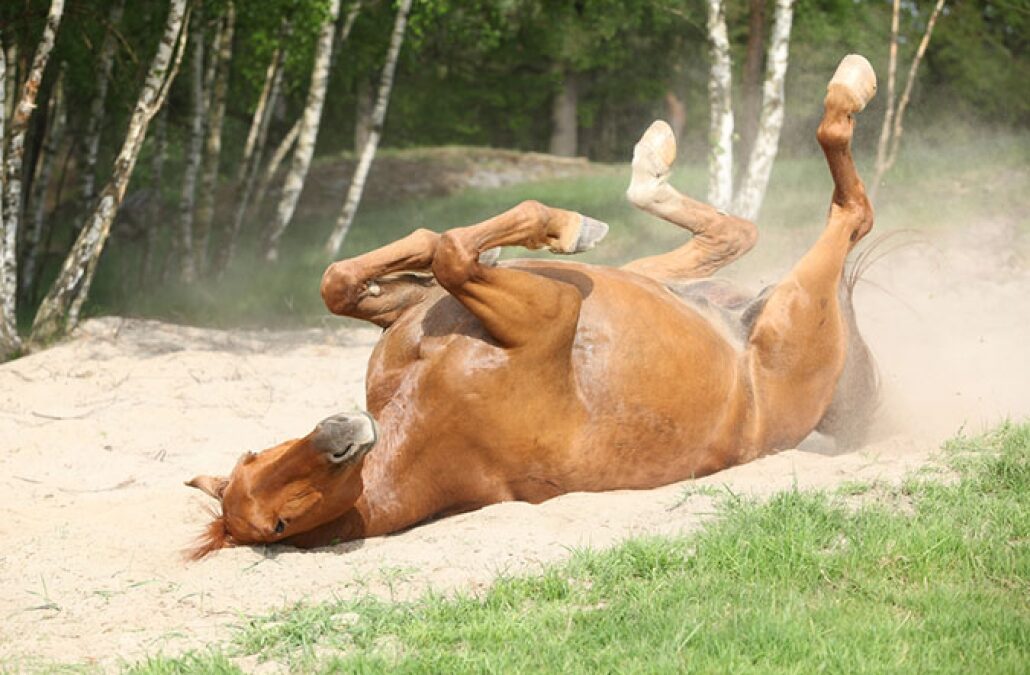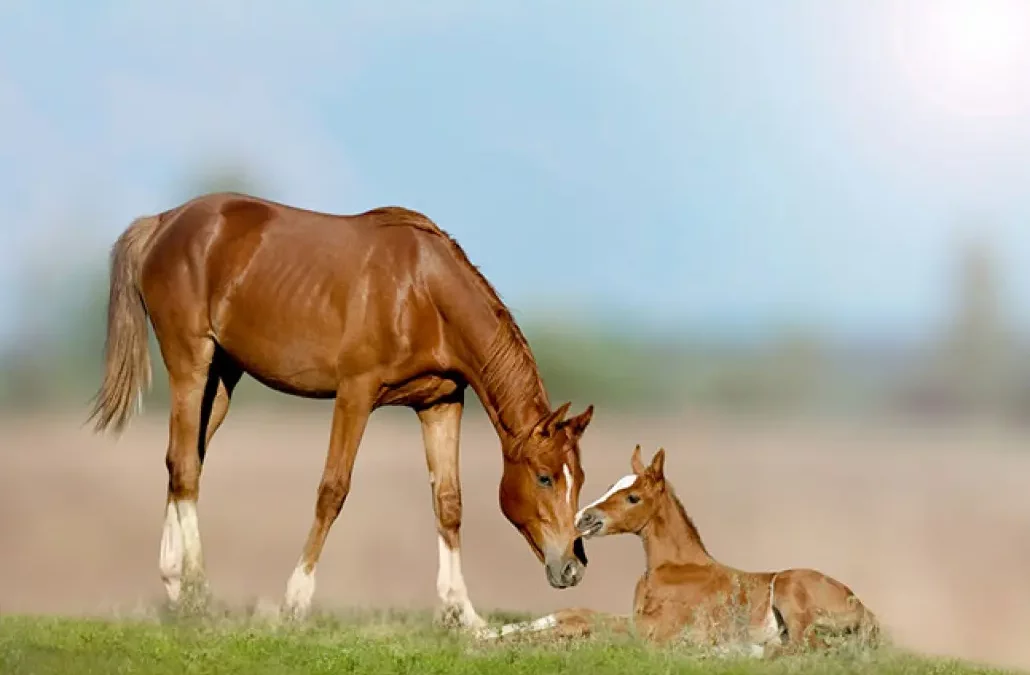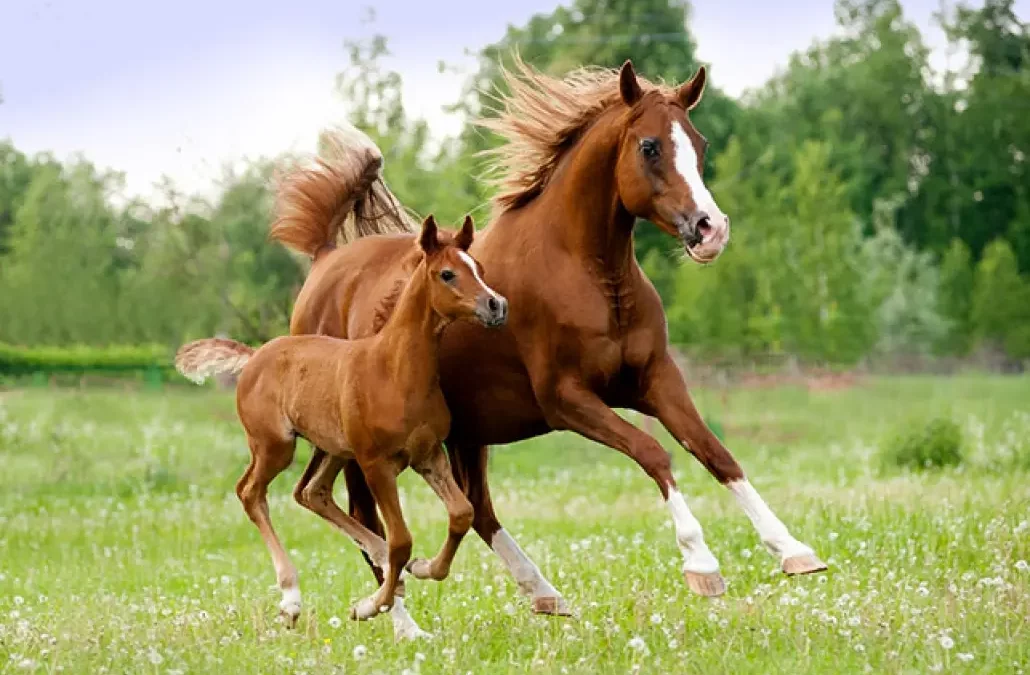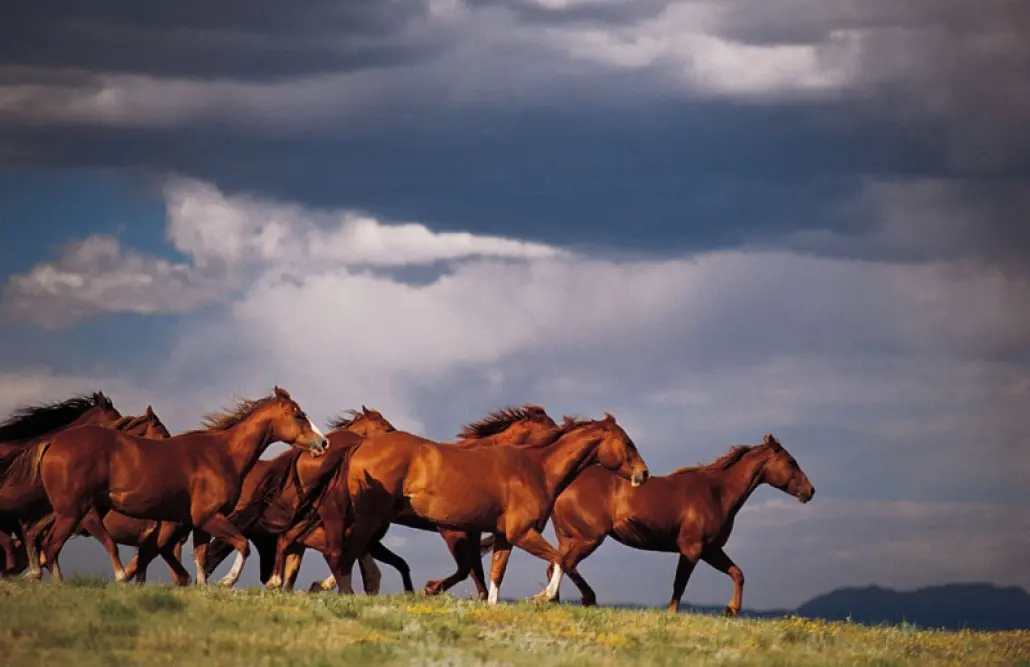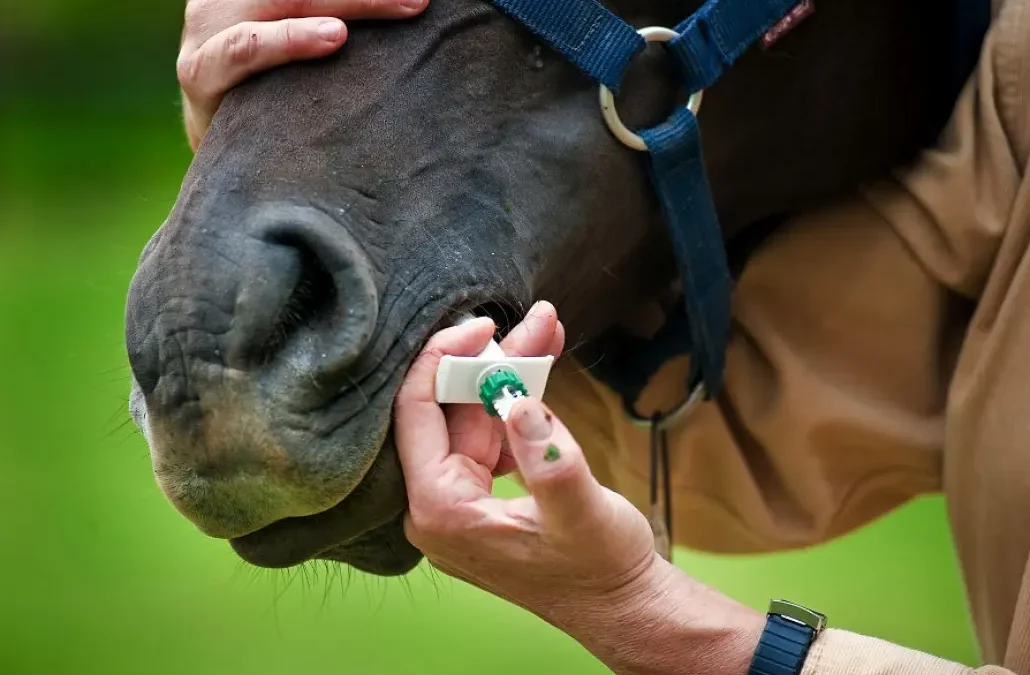It has been such a pleasant summer and beautiful fall; it is hard to believe that winter is just around the corner. But today, the wind shifted, and tonight, the temperature is going to dip down below freezing so it looks like winter is upon us.
The good news is that horses are inherently well equipped to handle practically anything that winter can dish out as long as they have a way to get out of the wind. Their long winter hair coat traps air next to the skin, which helps insulate them against cold weather. In fact, horses in good body condition can withstand temperatures down to -40 degrees Fahrenheit without difficulty.
However, problems can occur when strong winds ruffle the horse’s hair and disturb the insulating layer of warm air trapped beneath it. Wet weather, especially cold driving rain or sleet, can also flatten the hair coat, chilling the horse. To prevent this, make sure your horses have access to a simple shelter such as a three-sided, southerly facing shed or a heavy tree line that can serve as a windbreak.
Many horse owners prefer to blanket their horses in cold weather, but placing a blanket on a horse with a heavy winter coat can compress the horse’s hair and reduce its natural insulating ability. The result is that the blanket might actually decrease the horse’s ability to ward off the cold.
Horses that are body clipped or worked hard enough to sweat will benefit from a blanket. Blankets are also beneficial short term in extremely cold, wet weather.
When the temperature plunges, the horse has to work harder to maintain its core body temperature. This is especially true in thin horses that lack an insulating layer of fat. To avoid losing weight, horses must increase their caloric intake roughly 15-20 percent for every 10-degree drop in temperature below 30 degrees Fahrenheit.
Contrary to popular belief, it’s hay, not grain, that is the best choice for helping a horse generate body heat. Forages are digested in the large intestine by bacterial fermentation, a process that generates heat and raises the horse’s core body temperature. Grain, which is digested in the stomach and small intestine, creates much less heat. So the key is to provide plenty of good-quality hay during very cold weather, free choice, if possible.
Another crucial consideration during the winter months is the horse’s water intake. The incidence of impaction (constipation) colic significantly increases during the coldest months and is often due to inadequate water intake and lack of exercise.
A horse cannot meet its daily water requirements by eating snow. Not only does snow not provide enough water, it requires more energy to consume, and can chill old or debilitating horses. Although a horse’s water consumption varies depending on temperature, diet and exercise, an average 1000-pound horse requires at least 10 gallons of water each day for maintenance.
Unfortunately, during cold weather, many horses fail to drink enough because the water is too cold and it chills them. Recent research has demonstrated that horses will drink more water during cold weather is the water is warmed to between 45 and 65 degrees Fahrenheit. There are a number of mechanical and electrical devices on the market that will keep tanks or buckets ice-free. However, if an electrical device is used, ensure that the horse does not have access to the electrical cords because curious horses can chew through the cords and electrocute themselves.
Unless your horse must be shod, he will benefit from having his shoes pulled and going barefoot throughout the winter for two reasons. This first is that removing the shoes allows the foot to expand, especially in the heels, which in turn, increases circulation and improves the overall health of the foot. The second is that a horse’s bare hoof provides better traction on ice and snow than an iron shoe.
Winter is a wonderful time to ride and enjoy our horses. However, it is imperative that we follow a few common sense strategies to meet the special demands of cold weather. Bundle up and enjoy the unique beauty of the season.
ABOUT THE AUTHOR: Thomas R. Lenz, DVM, M.S., Diplomate of the American College of Theriogenologists, is a trustee of the American Horse Council, past chairman of AQHA’s research committee and past president of the American Association of Equine Practitioners. This article is provided courtesy of AAEP Alliance Partner, AQHA.


